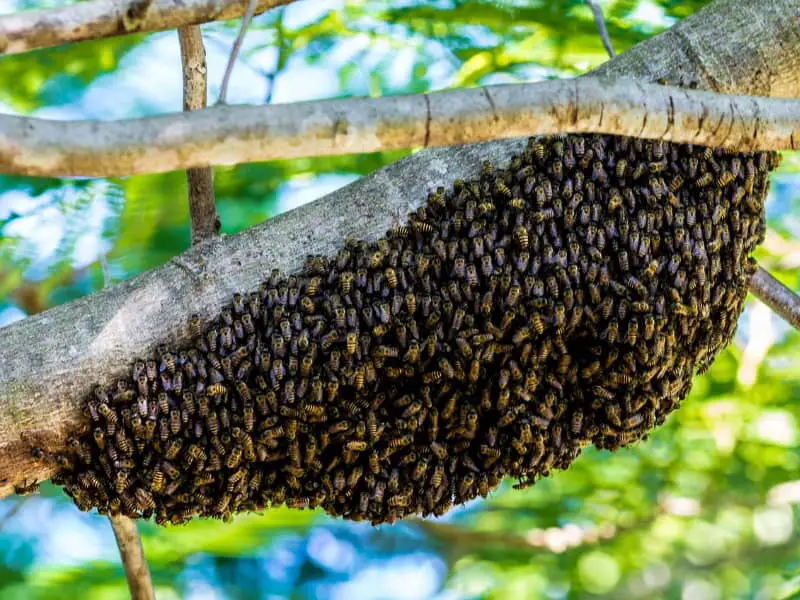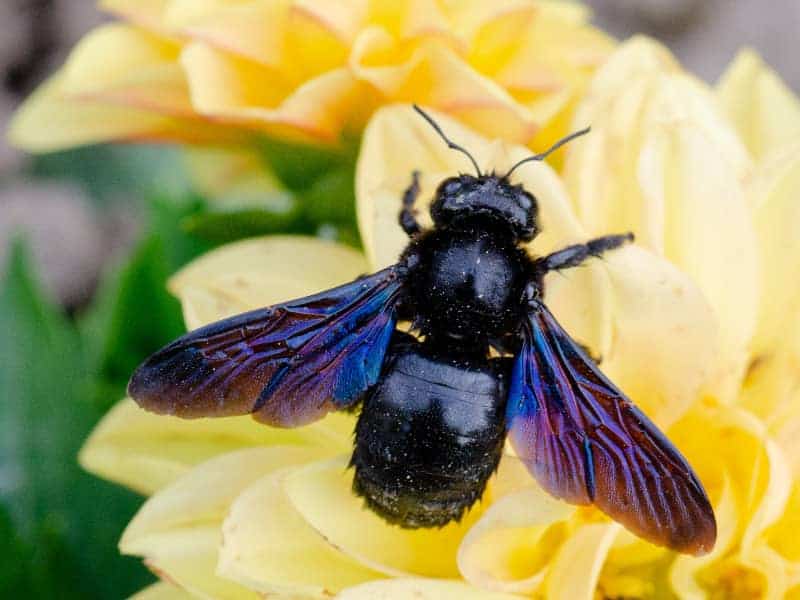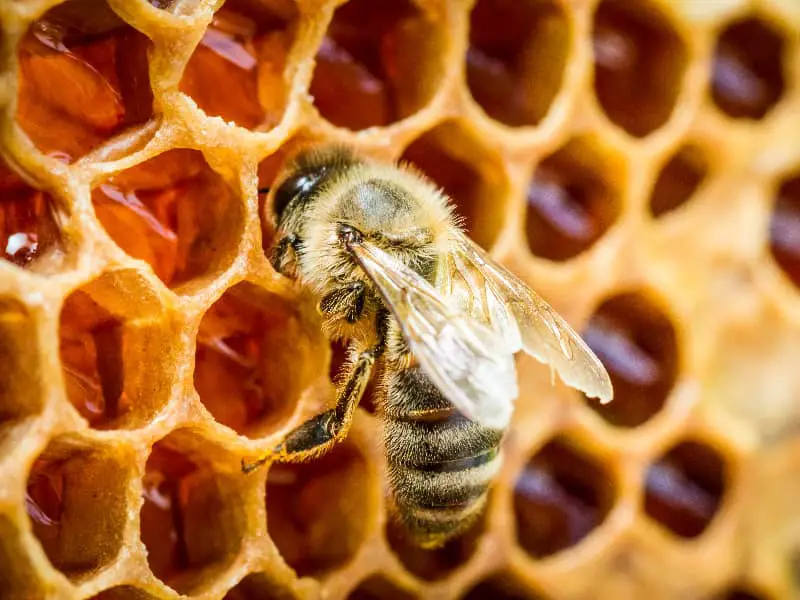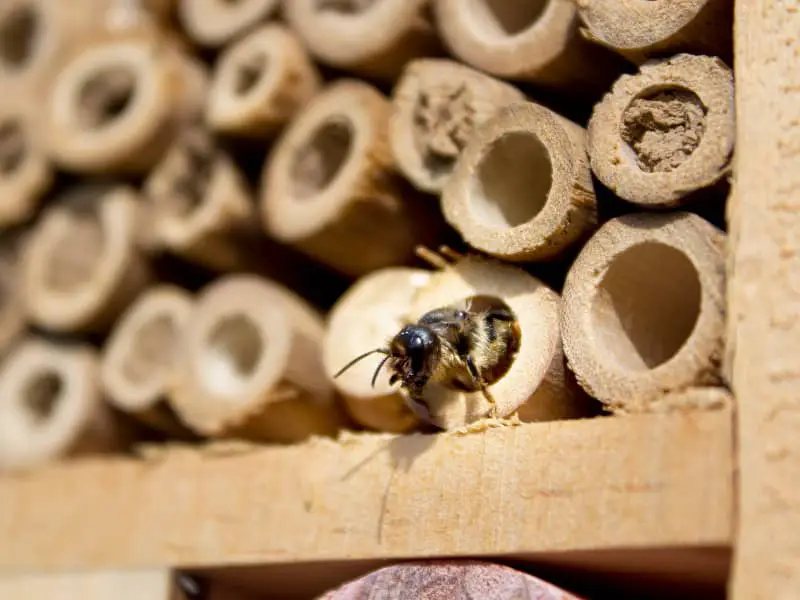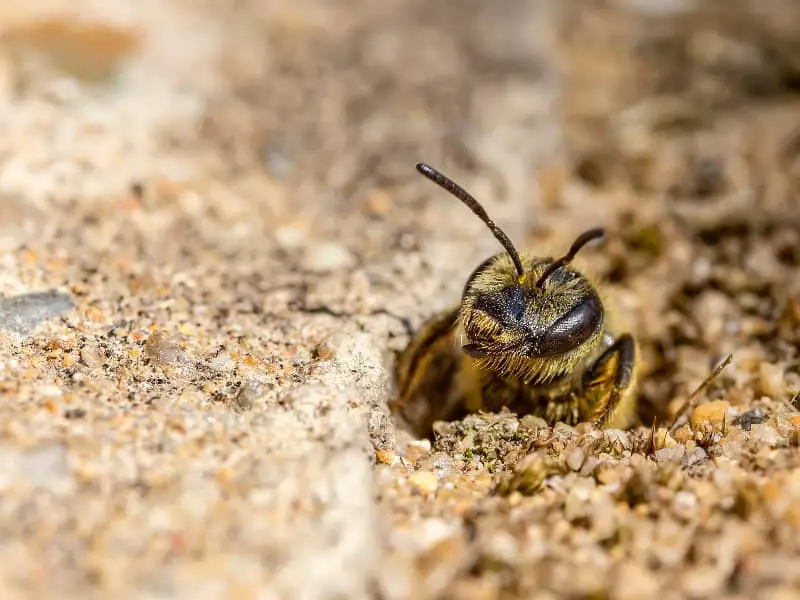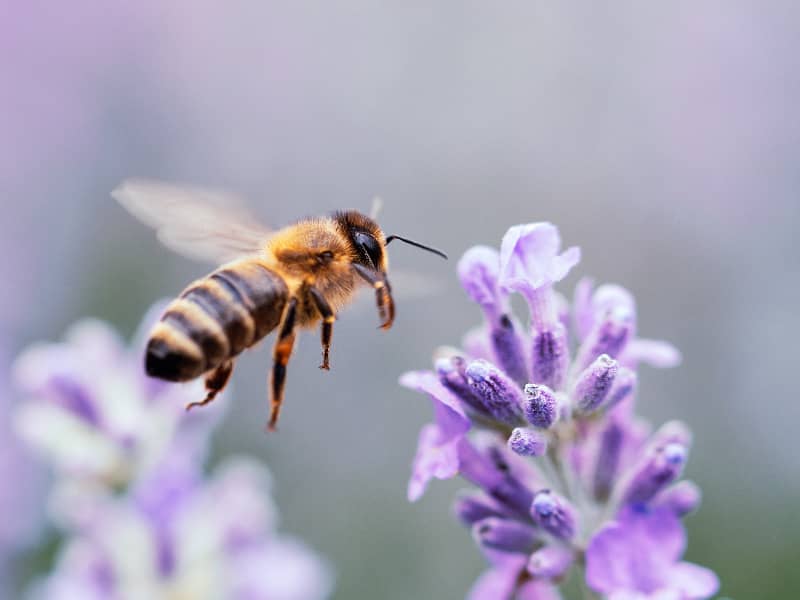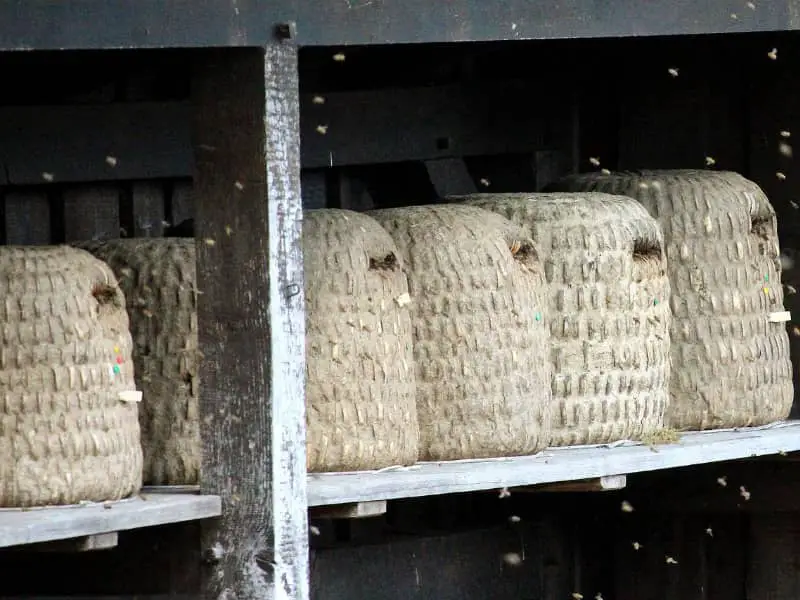
How long do bees live?
How long do bees live? That depends on what function they have in the hive. There are three different types of bees that live in a Beehive live. This includes the queen, the drones and the workers. The workers are divided into two groups, on the one hand, the workers who live in the summer and, accordingly, the workers who live in the winter.
With bees, it is also important to know that the development of whether a bee's egg becomes a queen or worker bee has to do exclusively with feeding. The male bees, the drones, develop in principle from unfertilized eggs. Let yourself be surprised what special things happen in the life of the bee and how this affects its lifespan.
How long do the bees live workers?
As soon as the queen has laid a fertilized egg in a honeycomb, it takes four days and a young round maggot hatches from the egg. In the next five days, this maggot sheds its skin four times. It receives food juice from the nurse bees until the seventh day and then honey and pollen. On the ninth day, it expires and a cover is placed on the honeycomb.
Now the young mat is called a stretch maggot and on the tenth day it becomes a prepupa. Its transformation to pupa takes place between the 13th and 20th day. After 21 days, the young worker hatches and is now a moth bee. However, resting is not the order of the day. Immediately after hatching, the worker bee becomes a nurse bee and takes care of cleaning the combs and ensuring that the offspring are nice and warm.
From the third day, she is also responsible for feeding and from the sixth day, she is trusted with responsible tasks. Because then she is allowed to take care of the youngest. But it's not just the care of the maggots that she has to do, she also has to store the nectar and pollen at the same time. In addition, she has to keep the hive clean.
This occupation lasts until the twelfth day, after which the animal uses its now active wax glands and becomes a builder bee. As a builder bee, it is responsible for creating new honeycombs. It must also remove dead conspecifics from the hive. These tasks are performed until about the 17th or 18th day of the bee's life.
Worker bee outside the hive
From the 17th-18th day, the worker bee becomes a guard bee and patrols the entrance of the hive for 2-3 days, ensuring that no uninvited guests come to visit. From the 20th day it becomes really stressful for the worker bee, because then she is responsible for supplying the hive with pollen and nectar. This extremely strenuous work is carried out by the worker bee for between 20 and 40 days.
After that, the worker bee dies, provided there is not a cold snap. Because then the bee can live up to seven months. This has to do with the fact that the bee does not have to fly and only sits in the temperature-controlled hive. Flying is so strenuous for the bees that it rapidly shortens their lifespan.
How old does a drone get?
As we have already mentioned, the eggs of the drones are laid without male participation. They are not fertilized and this process is called virgin production. The drones are needed only for insemination of the young queens, there is no other purpose in life for them. The young queens go between April and August with part of the Swarm of bees on migration and found a new nation.
After this time, no more drones are produced by the queen and they are not tolerated in the hive. This means quick death for the remaining drones. The drones are slightly larger than the workers, so they need larger combs and these are placed in a separate part of the hive.
Their development is slower than that of the workers. The round maggot closes the comb with a lid only on the tenth day and then develops into a prepupa. The drone hatches approximately on the 24th day after egg laying and thus remains in the comb 3-4 days longer than a worker bee. At the same time, several 100 drones are grown in the hive.
When is the drone sexually mature?
After about 8-10 days they are sexually mature and then already fly out and explore the surroundings. Here they meet at gathering places and wait for the young queens from the neighborhood to fly out. The young queen must never be from their own colony, as there is a risk of inbreeding. Only 10-15 of the drones are accepted by the young queen in this so-called nuptial flight.
These mate with her and after that this queen has enough sperm for the rest of her life. After this intensive mating, the drones die. The remaining drones, which could not mate, fly back to their hive, but are no longer welcome there. They are prevented from entering by the workers and killed if necessary. Thus, it is not uncommon to find hundreds of dead drones lying below the entrance of a hive. They lived only 2-4 weeks.
How old does the queen bee become?
The queen bee surpasses the life of all other bees by far. She lives up to five years and is the only one who can reproduce, except for the young queens. A successor is only left in the hive and does not have to go wandering if the old queen has old age weakness or the bee colony becomes too large and it has to split up.
The other bees can recognize this by the fact that the queen produces fewer pheromones. This signals to the workers that they need to build larger combs. These so-called queen cells hang down vertically in the hive and have a length of about 2 cm. This size is needed so that a young queen can grow in them.
Queen or worker, the food decides
Whether the larva becomes a queen or a worker bee is determined by the food it receives. The nurse bees provide the larvae in the queen cells with the so-called royal jelly. This jelly is formed in the feeding glands of the nurse bees. The worker bees and the drones, on the other hand, only get nectar and pollen. This special secretion ensures rapid growth.
The round queen closes the lid of her comb already on the eighth day and after 16 days the young queen hatches. The fate of a superfluous queen is shared with the drones, but they are not killed by the guard bees, but by the queen herself. She kills her competitors with her poison sting before they hatch.
We hope we could give you a little insight into the extraordinary life of bees and answer the question: "How long do bees live? to your satisfaction.
Author

-
Garden animal - A life with nature
Welcome to my animal blog! My name is Dirk and I am happy to take you on my journey through the fascinating world of animals and gardening.
Born 54 years ago, I have had an insatiable curiosity for the animal world around me since childhood. Although I have moved professionally in other industries, my true passion has always been animals and nature. It is remarkable how a small garden has become such an important part of my life.
Many of my fondest memories are associated with the animals that share our home. Whether it's the curious squirrels that scurry across the trees in the morning, the colorful variety of birds that visit our feeders, or the busy bees and butterflies that pollinate our flowers, every moment with them is invaluable to me.
This blog is my contribution to share my experiences, discoveries and insights with like-minded people. Here I will share stories of unforgettable encounters with animals, give tips on gardening and creating wildlife-friendly habitats, and take you on my journeys through nature.
Thank you so much for being here!
Cordial,
Dirk aka garden animal
Last posts
- 27. February 2024PetsVeganes Hundefutter – Grün und Gesund?
- 18. January 2024ChickensOregano für Hühner
- November 27, 2023HamsterDiurnal hamsters
- November 24, 2023HamsterHamster hammock

